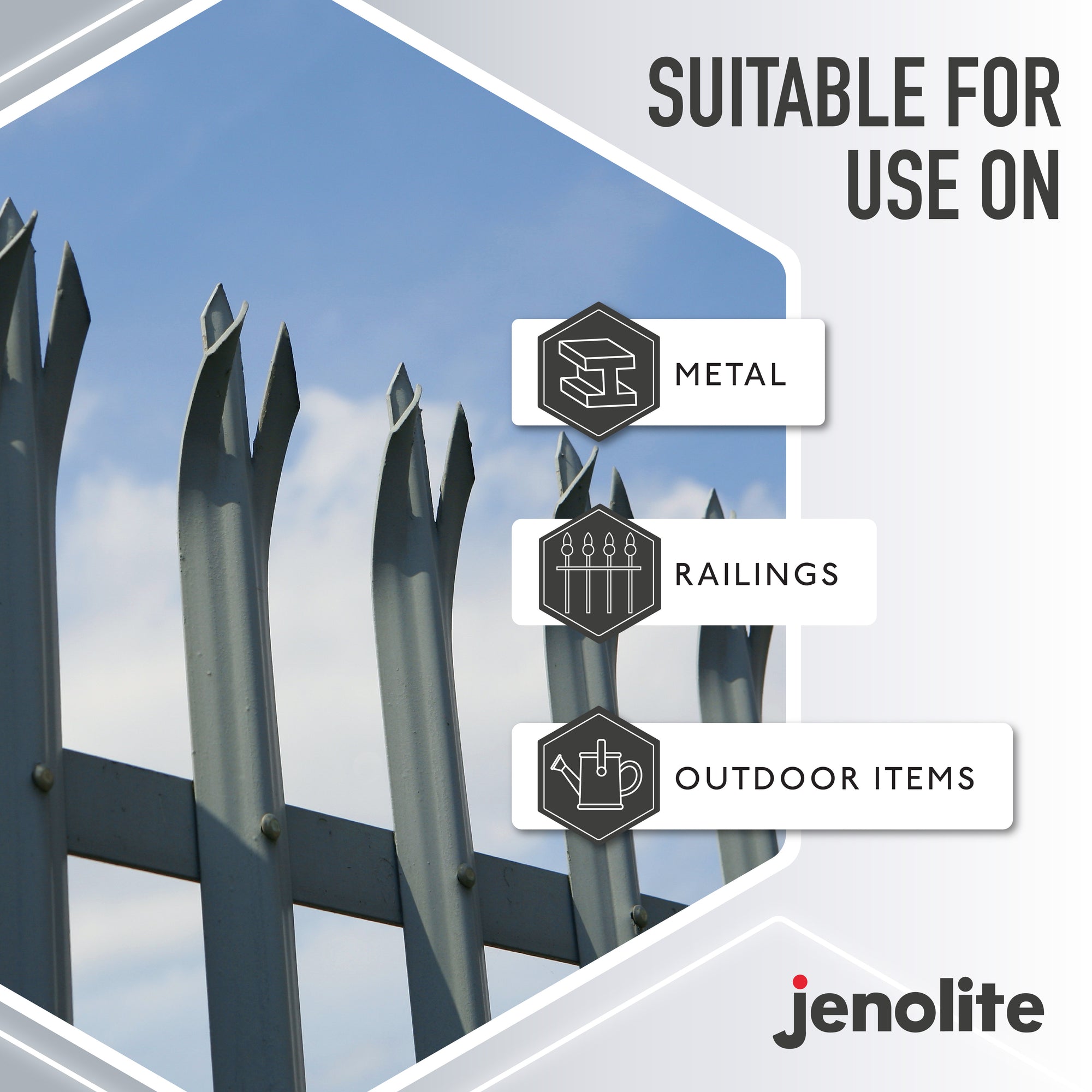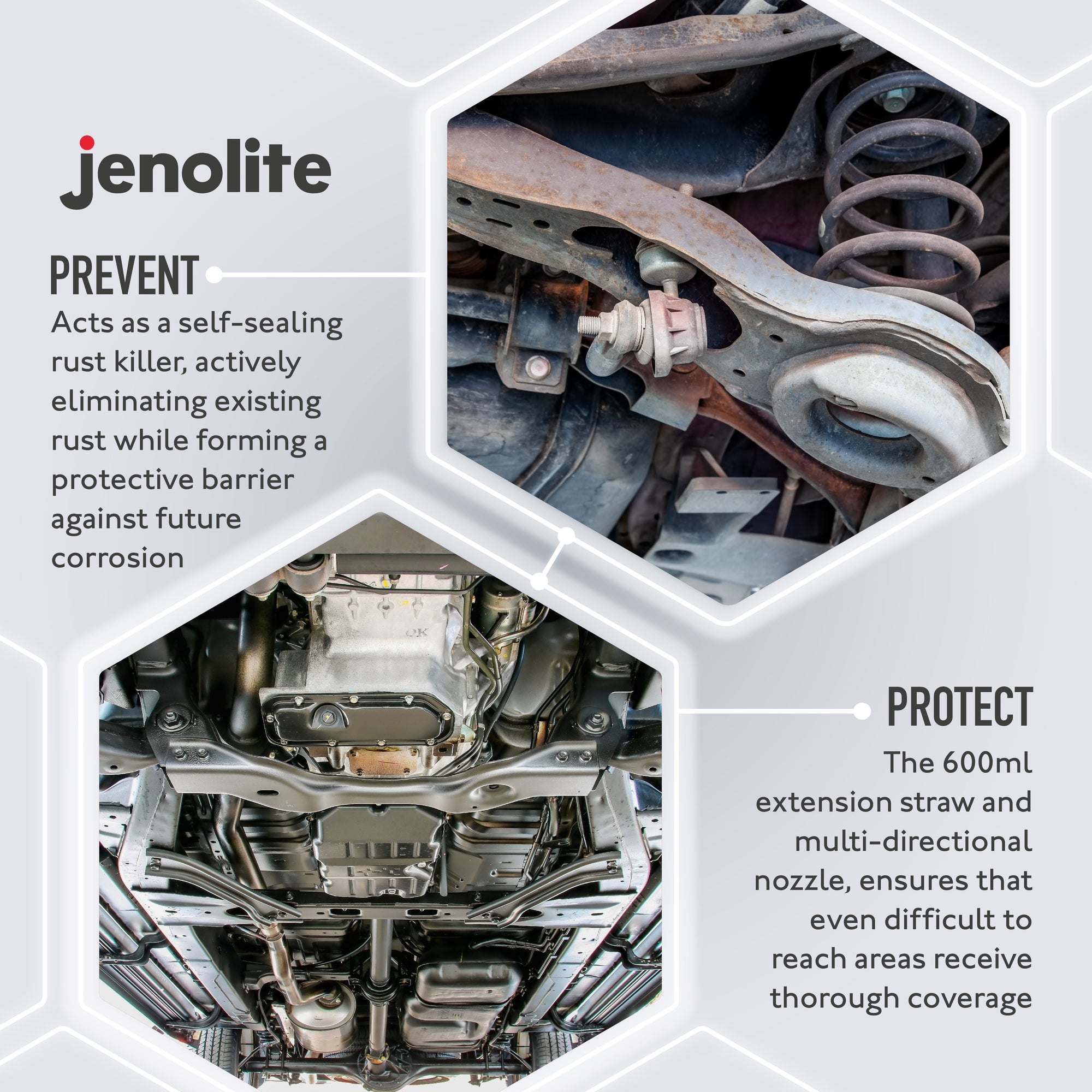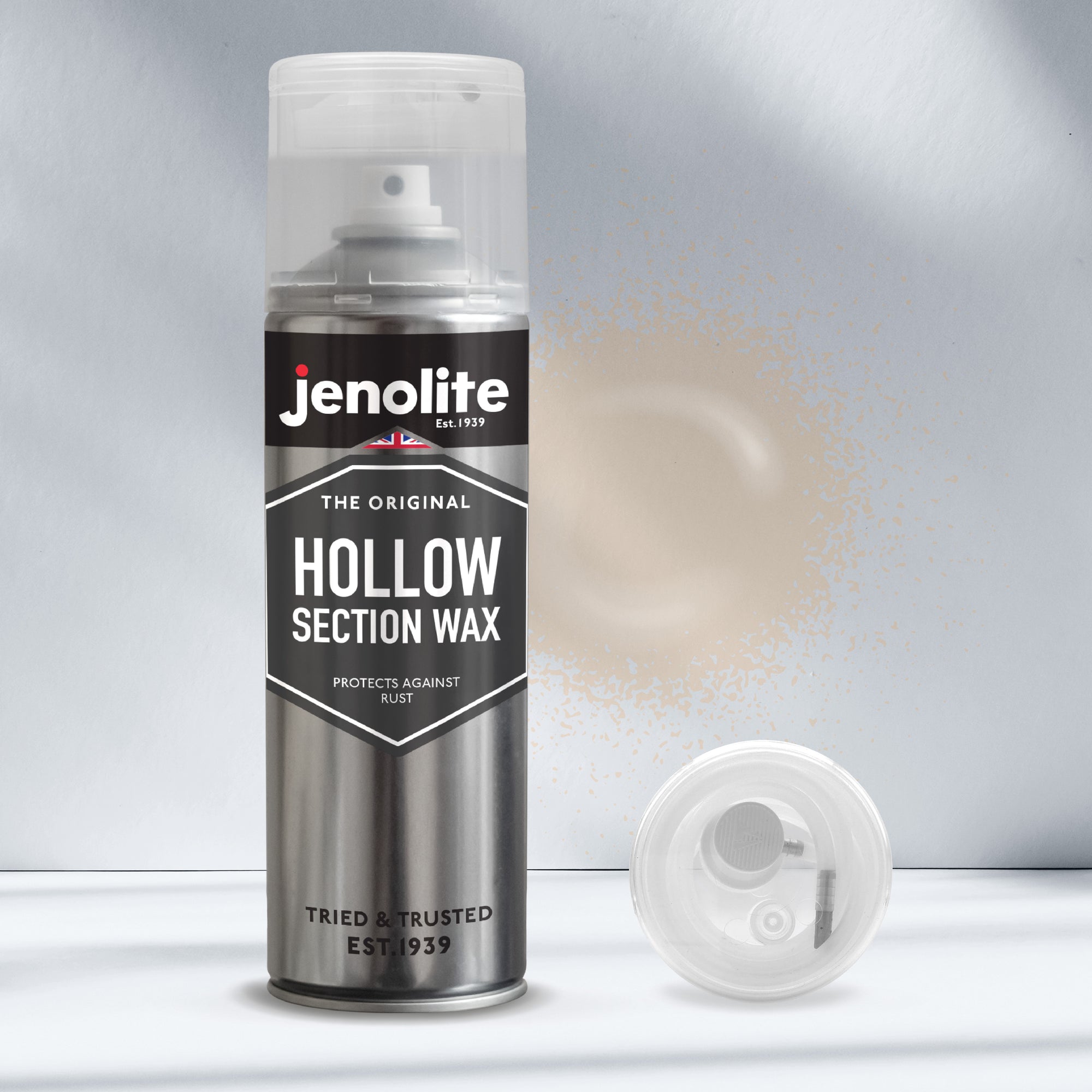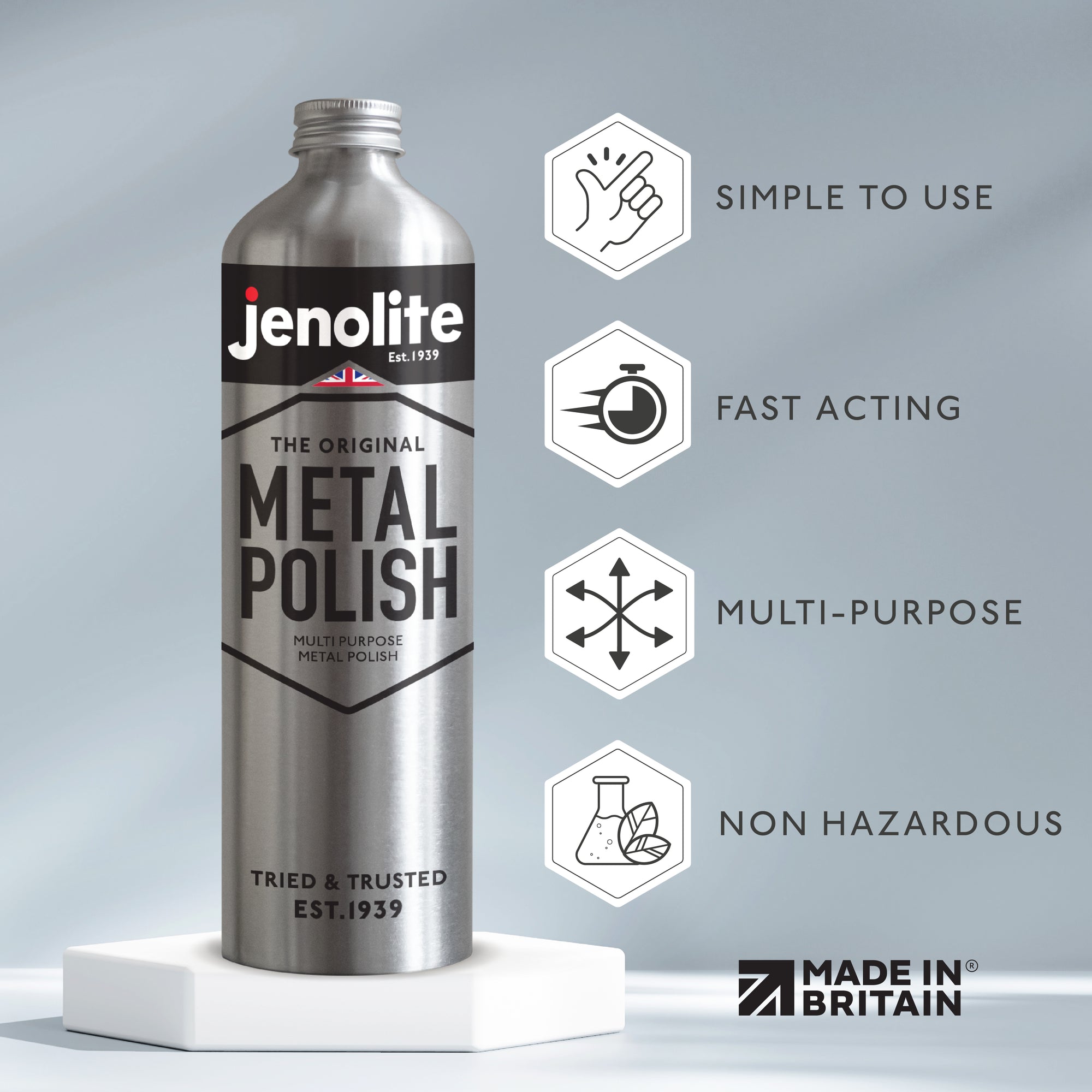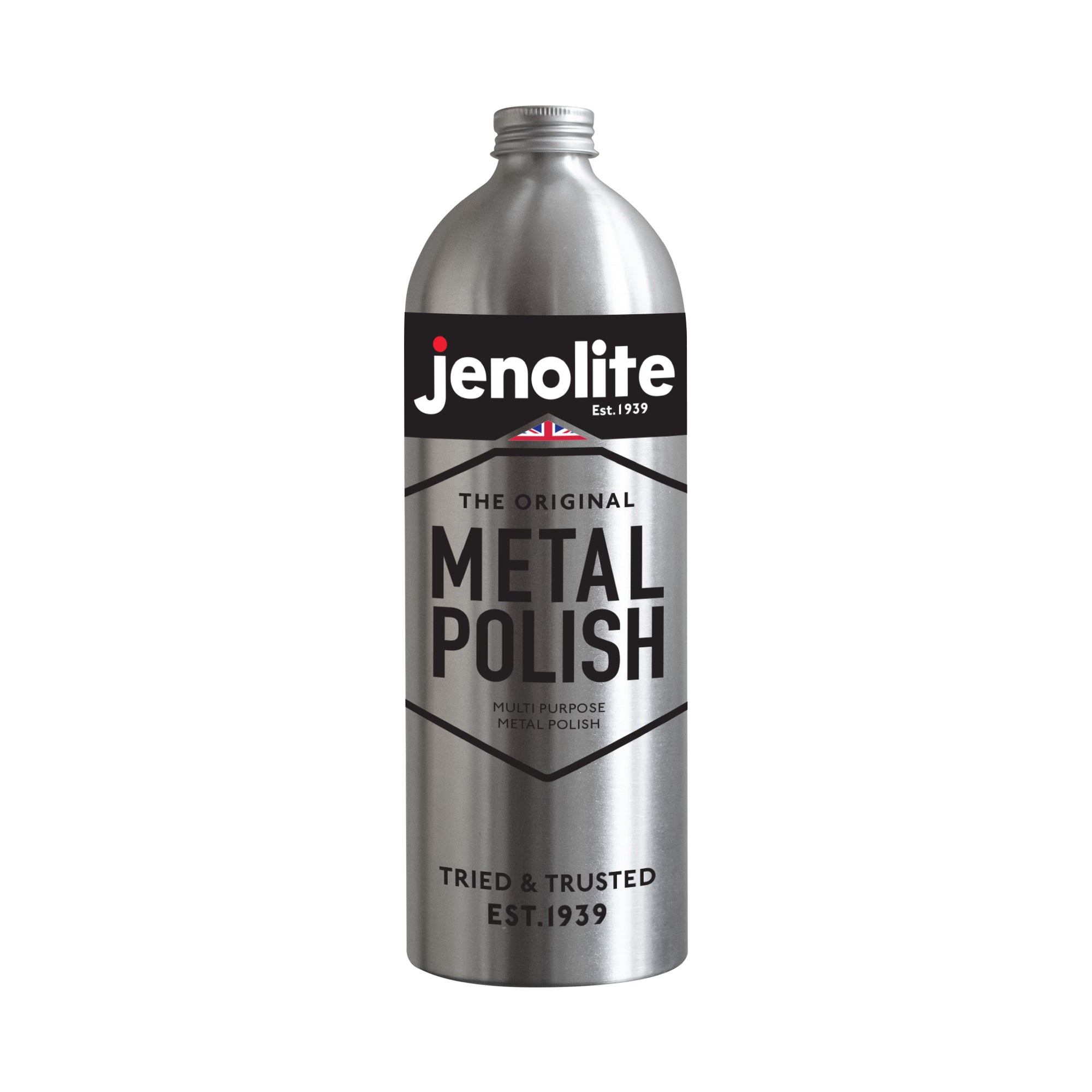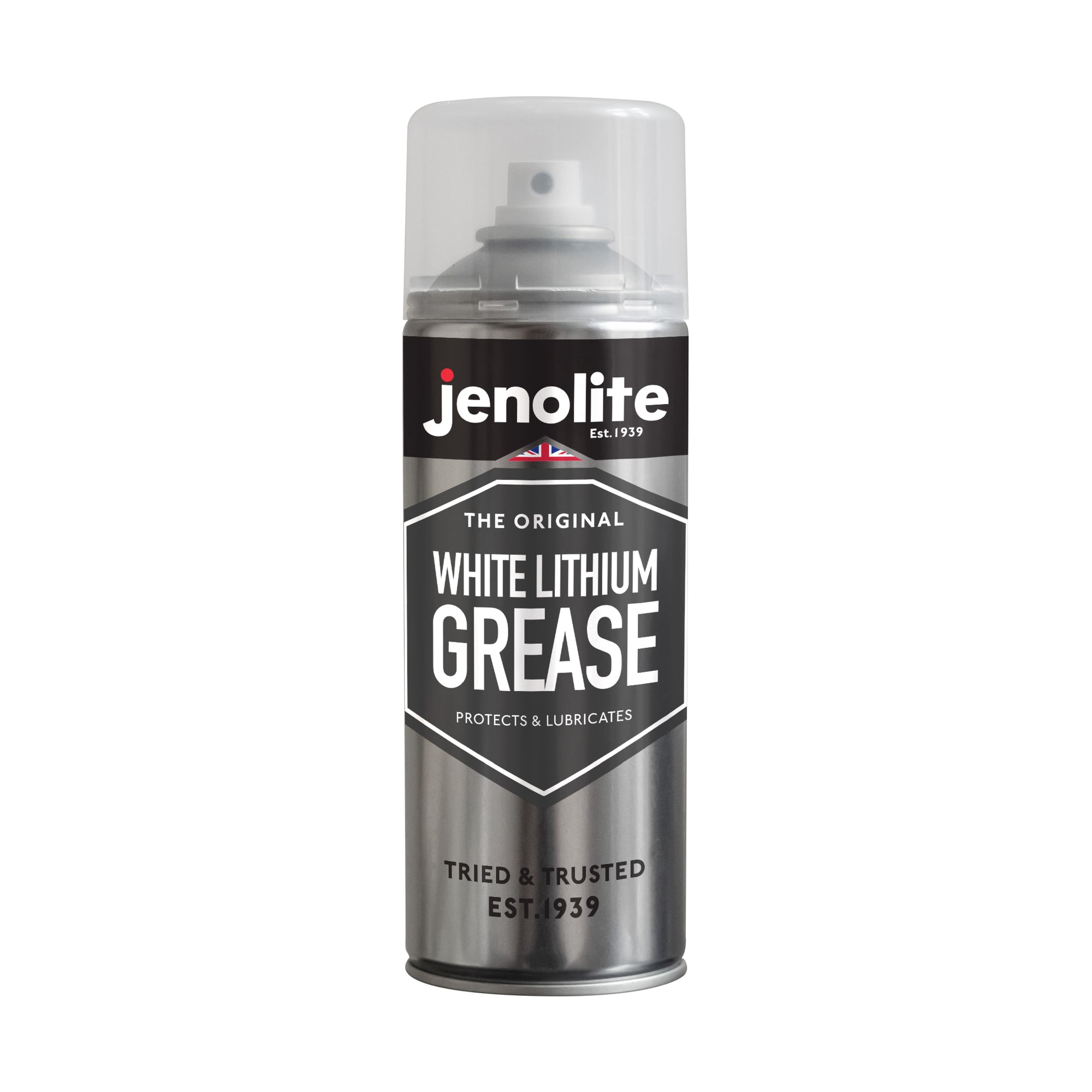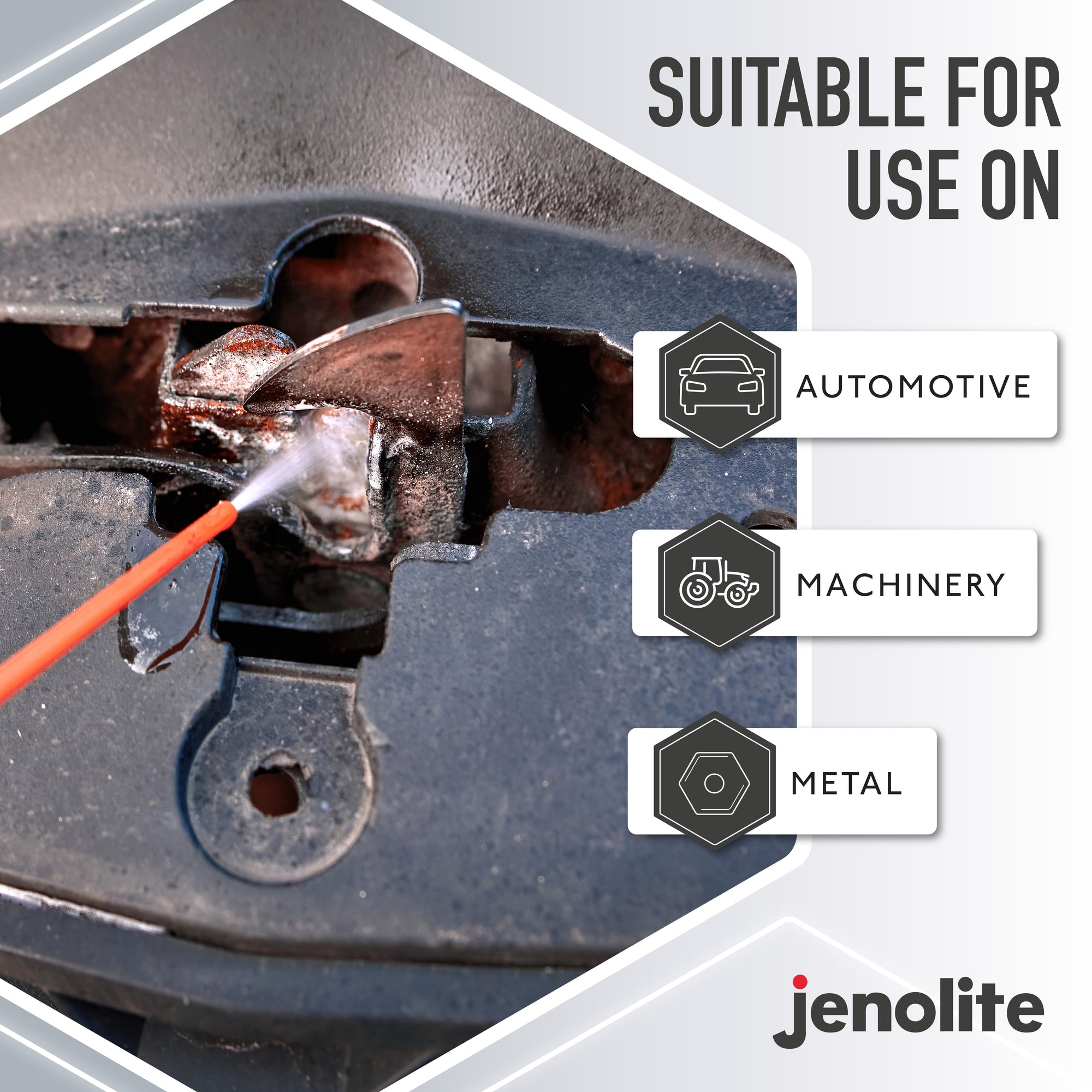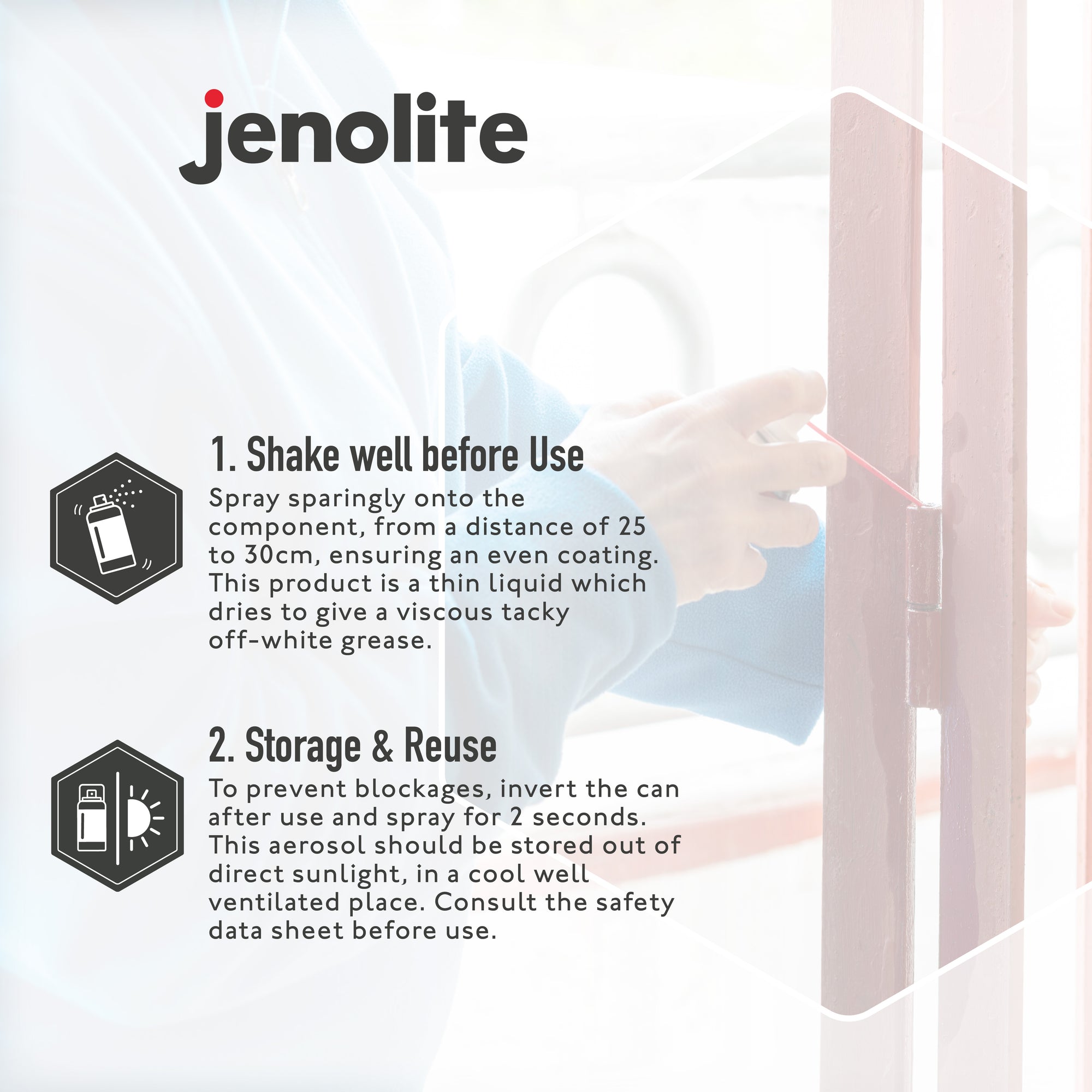It might not be glamorous, but home maintenance could save you tens of thousands of pounds over the next decade.
Maintenance is an essential part of owning a property, yet many common problems are forgotten about, avoided due to expense, or otherwise ignored.
Certain improvements can cause further damage if they’re not done, resulting in more expensive work. As well as preventing expensive issues, some repairs can save money on energy bills, freeing up your budget for the things you actually enjoy! Below are some common improvements that can save homeowners money...
Adding Insulation
Insulation is vital in all homes as it keeps the warmth in during the colder months and keeps homes cool in summer. A lack of insulation can cause condensation, dampness and mould. Drafts, fluctuating temperatures, and dampness are some tell-tale signs of a lack of insulation. Another sign is pigeons - if pigeons gather on one roof, it may be a sign that the house is releasing warm air.
There are a few different ways to insulate a property:
Loft Insulation
Loft insulation can be DIYed and there are plenty of guides out there for doing this. On average, it costs around £250 to insulate your loft without any professionals. If you want to save yourself the work, a professional can insulate a semi-detached house for around £500. Having good loft insulation can save £180 a year on energy bills, meaning the insulation will pay for itself in about three years. Loft insulation lasts around 80 years - you would save between £14,400 over this time.
Cavity Wall Insulation
Cavity wall insulation is a bigger job than loft insulation and not something you can DIY. This involves a professional drilling into an external wall and injecting insulation into it - this costs an average of £450 for a semi-detached house. Insulating cavity walls can save you around £140 a year on your energy bills, so it would pay for itself in just over three years. The Cavity Insulation Guarantee Agency (CIGA) provides a 25-year warranty on cavity wall insulation - although insulation tends to last for the lifespan of a building, which is around 80 years. If you insulated your cavity wall, you could save a total of £11,200 on energy bills over its lifespan.
Internal and External Wall Insulation
This type of insulation is less common and is usually only fitted on homes without a cavity wall. This is a more expensive process, with external wall insulation costing around £10,000 and internal insulation around £8,200. However, it can save homeowners around £210 a year on energy bills. This type of insulation tends to last around 100 years, meaning you could save around £21,000 in total across its lifespan.

Floor Insulation
Timber flooring
Timber floors are a great way to add insulation as timber is a natural thermal insulator. It costs around £530 to get Timber floors professionally fitted. It is also possible to DIY them, costing around £100.
Hardwood floors can be fitted on top of existing wood flooring by simply nailing it on top of the existing floor - underlay isn’t necessary but you can get pre-cut slatted underlay which can be glued to the existing floor. They can also be fitted on top of concrete floors - it’s vital to ensure this is level, if it isn’t homeowners can screw a layer of plywood or chipwood on top of it, then nail timber floors into this. If it is level, glueing the timber down is the best option.
Timber floors can save approximately £60 a year on energy bills. Typically, they last for around 30 years, which could save you around £1,800.
Suspended Floor Insulation
If your current hardwood flooring hasn’t been laid over existing flooring, it may be a suspended floor or suspended timber floor. This is when floorboards are attached to the joist above the foundation of a house, creating small gaps which can create drafts and result in heat loss. To prevent this, a soft insulation material such as mineral wool can be pushed into the spaces between joists, supported by a tacked net. Fixing wood fibreboards to the underside of the floor can add extra insulation. It costs around £525 to insulate a suspended timber floor, and around £885 for a suspended floor. It is possible to DIY this for a lower cost, but it can be difficult, especially if you are unable to access the underside of the flooring.
Solid Floor Insulation
Many new build homes come with solid floor bases, usually concrete or screed. These tend to lose less heat than other types of flooring, however, they can be insulated to reduce the heat lost and save money on energy bills. When insulating these floors, a layer of rigid insulation such as Polyisocyanurate boards or insulation slabs are added on top of the solid floor. It is then covered by chipwood or plyboard and covered by the chosen floor covering. Solid floor insulation costs between £950 and £2,200, depending on the size of your floor.
Homeowners can save around £60 a year on their energy bills by adding solid floor and suspended floor insulation. Both of these can last over 100 years, bringing a total saving of around £6,000.
A lack of insulation can lead to mould and homeowners could face a further expense of £900 to get rid of it. It has been said that mould can cause health issues such as mycotoxicosis. It has also been linked with memory loss, nosebleeds, and headaches - however, there is no proof of this. Either way, it’s important to get rid of any mould.
Adding underfloor heating can save homeowners around £20 a month on their energy bills. The pipes used for underfloor heating must have a projected lifespan of 50 years to be in accordance with industry standards - however, they could last much longer. This can save homeowners a total of £1,000 over its lifespan.

Servicing Boilers
Regularly servicing boilers can keep them in working order and reduce the risk of repairs and replacements. Many new boilers come with a five-year warranty, but this may only be valid if boilers are serviced every 12 months. Servicing a boiler costs approximately £80 - if a boiler needs repairing or replacing, it can cost an average of £1550. Ensuring boilers are in working order can save around £245 a year on your energy bills. Boilers can last ten to fifteen years if well maintained, making a total lifetime saving of £3675.

Radiators
Modern radiators are up to 50% more efficient than older ones and can save you around £130 a year on energy bills. Replacing a radiator with a new one costs up to £370 - this can be less depending on the size and price. Well maintained radiators can last for ten to fifteen years, bringing a lifetime saving of £1950 on energy bills.
Bleeding radiators is a great way to extending their life - this is a simple procedure that you can do yourself. This may not make a huge difference to energy bills, but it reduces the risk of needing to repair or replace them.

Windows
According to research, 18% of heat loss is via windows - there are a few ways to prevent this from happening.
Sealing windows
A huge cause of escaping heat is windows not being properly sealed. This allows draughts in and heat out, causing energy bills to rise. It is easy enough to DIY window seals, and there are products available for around £13. Hiring a professional to seal windows costs around £53. Well-sealed windows can save £192 a year on energy bills! Window seals can last ten years when done well, saving a total of £1920.
Improperly sealed glazed windows can become blown-out. This is when air enters the vacuum or inert gas that sits between the panes, resulting in the window fogging up. When this happens, the glass will need replacing - it cost around £117 to replace a medium single window pane (800mm x 1000mm.) The blown-out window will also need removing, costing an average of £275.
As well as blown-out windows, there is a risk of water getting in via broken seals. This can result in frames becoming damaged and mouldy - if this happens, the whole window may need to be replaced. It costs an average of around £1,200 for the full window to be replaced, including the glass, frame, sealant, handles, etc. This price could be higher depending on the window size and required materials. It is cheaper to check window seals often and reseal them when needed!

Glazing windows
Double glazed windows have been the standard for newly built homes since the 1980s. However, some older homes may not have glazed windows, resulting in high energy bills. A white uPVC casement window costs an average of £213 (1000mm x 1000mm.) This price can be much higher depending on the window size, shape, and material - it costs approximately £1,300 for a white uPVC 3-section bay window. Double glazing brings a yearly saving of £155 on energy bills. When looked after, double glazed windows can last around 35 years, bringing a total saving of £5425.
Unlike double glazing, triple glazed windows are optional. They include an extra layer of glass, increasing heat and sound insulation. Triple glazed windows are more expensive - A white uPVC casement window costs an average of £350 (1000mm x 1000mm.) They do offer a slightly higher energy bill saving of £165 a year. Triple glazed windows also last around 35 years, bringing a total saving of £5775 across their lifespan.

Roofing and guttering
Out of sight, out of mind certainly applies to gutters and roofs! Both of these are an important part of a property’s structure and can be costly when not looked after.
Gutters
Maintaining and cleaning gutters can prevent long-term damage to a building. It's particularly important in colder months when leaves, snow and ice collect. Cleaning gutters is affordable and easy to do yourself. Alternatively, professional gutter cleaning costs anywhere from £18-200, depending on the length of the gutter.
Fixing breaks in gutters must be done quickly as further damage and leaks could be caused - repairs can cost anywhere from £18/m to £77/m. To replace a full gutter with downpipes, it costs an average of £700. If well maintained, gutters can last around 30 years.

Roof
You must check your roof often, particularly in the run-up to autumn and winter. It can be difficult to check a roof, especially if it is unclear what you’re looking for. However, it is worth the effort to prevent expensive damage. There are professionals who can check for any problems, but this will set you back £250.
The majority of roofing issues can lead to leaks and structural damage, both of which can become expensive.
Gaps and cracks in roofs bring a huge risk of leaks. Luckily, these can be easily fixed by using a suitable sealant on cracks. A good sealant will stop existing leaks and prevent future ones. Missing and damaged roof tiles can also cause leaks - replacing these with new tiles can prevent this. It costs around £180 for six roof tiles.
If a leaking roof goes unnoticed and is not fixed promptly, it can result in the whole roof needing to be replaced - this costs approximately £5000. If left too long and worsen, leaks can damage floors, walls, and ceilings - all of which can be extremely expensive to fix. The next paragraph discusses these costs further. If your home has loft insulation, this may also become damaged and need to be replaced.

Damaged and leaking pipes
It can be difficult to know if a pipe is damaged as they aren’t exactly accessible to check often! Damaged pipes can worsen within months, creating further problems such as leaks and water-damaged walls and ceilings. Using a suitable sealer or bandage product can help repair small leaks, preventing them from growing.
Leaks tend to occur in walls, floors, and ceilings and can go unnoticed - this can cause major problems which can become extremely expensive. If leaks are left too long, water can soak into the wood and insulation and may cause structural damage. It costs around £235 to repair a large leak. If a leak gets even bigger, or homeowners find a burst pipe (which is more likely to happen in winter) a lot of damage can be caused which can become very costly.
- A leak from a bathroom to the ceiling below would cost around £2000 to repair. If there was a kitchen with tiled walls below the leak, it could cost around £10,000 to repair everything.
- It would cost around £1000 in repairs if there was a leak under a carpet or low-cost laminate. If under a wooden floor, it could cause approximately £5000 of damage.
- Concrete flooring would need force drying with dehumidifiers, costing around £500 to £1000.
- Water extraction may be required which costs around £2633.
- It would cost around £1550 to repair a water damaged ceiling (this includes electrical and plasterboard.)
- If a leak was left too long and caused mould, it would cost £1000 to remove it from the entire house, or up to £250 per room.
It could cost upwards of £62,000 in repairs if leaking pipes aren't discovered and dealt with quickly.
There are tell-tale signs and things to look out for which could mean there’s a leak in your home...
- Keep an eye on your water bill and meter - if there is a sudden spike in usage that you can’t account for, this could be a sign of a leak.
- Damaged paint/wallpaper and floors could be a sign there is a leak. Keep an eye out for chipping paint, wallpaper peeling and floors warping, moving, cracking and staining.
- Mould or mildew spots appearing around the home can be a sign of moisture behind the wall which is probably due to a nearby leak. Mould also leaves a funny smell, so if you don’t see it but can smell it, it may be on the inside of a wall.

If certain improvements are not kept on top of or fixed in a timely manner, it can cost over £70,000 in further damages and repairs - completing small improvements swiftly can prevent this damage, saving you a lot of money. Some improvements can also save homeowners money on their energy bills. A total of £1,497 can be saved annually by making small home improvements - this is equal to a saving of over £121,257 over a homeowners average lifetime.
METHODOLOGY
To work out the total cost of upfront damage, we added together the average price for damages that could have been prevented if small fixes were made, such as major roof leaks, replacing gutters, broken boilers etc. This came to a total of £72,112.
To work out the total cost of money saved on energy bills annually, we added together the annual savings each improvement could make, such as glazed windows, insulation, new radiators etc.
To work out the total amount saved on energy bills throughout a homeowner's lifetime, we multiplied the annual saving by the average life expectancy in the UK.
Sources:
https://www.hometree.co.uk/energy-advice/energy-saving/how-much-money-can-boiler-save-me.html
https://www.theecoexperts.co.uk/roof/repair
https://www.priceyourjob.co.uk/
https://www.loveenergysavings.com/
https://www.diydoctor.org.uk/projects/loftinsulation.htm
https://www.medicalnewstoday.com/articles/323419#how-dangerous-is-it
https://www.ukleakdetection.co.uk/water-leak-detection/water-damage/waterdamagecost/








































